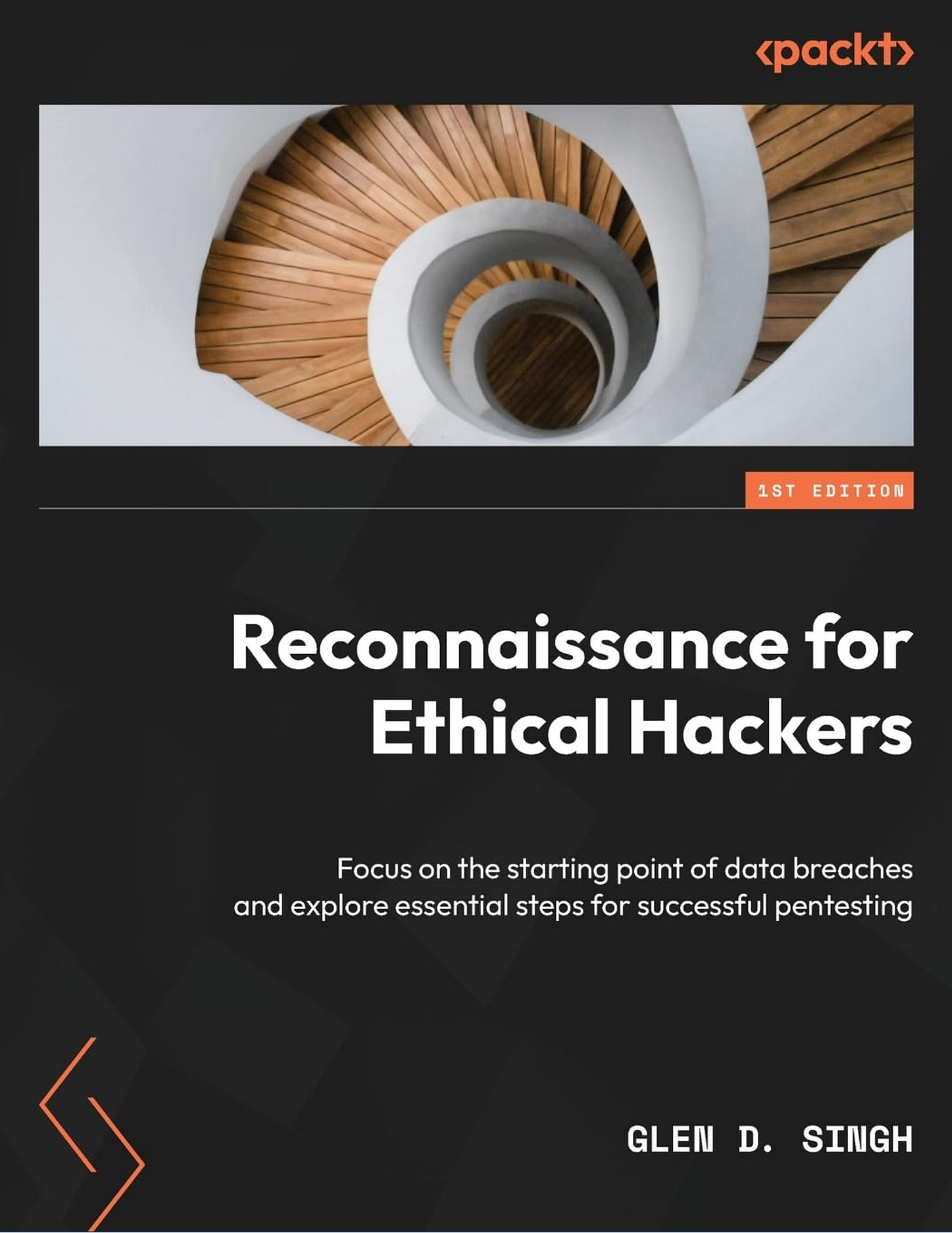Reconnaissance for Ethical Hackers
Learn how hackers gather intel before an attack. This guide teaches ethical hackers real-world recon techniques, OSINT tools, and how to detect and stop threats early in the cyber kill chain.
In this edition of Cyber Book Club, we’re spotlighting Reconnaissance for Ethical Hackers by Glen D. Singh, a practical guide that focuses on the critical first step in any successful cyberattack: information gathering. Designed for ethical hackers, red teamers, and cybersecurity professionals, this book teaches how to think like an adversary and uncover hidden vulnerabilities before attackers do.
Singh covers the full spectrum of reconnaissance techniques, from passive intelligence collection to active network probing, and even shows how attackers map digital infrastructure and plan their next move. Readers are introduced to OSINT tools, threat monitoring techniques, and practical workflows to identify live hosts, open ports, and exposed services.
What makes this book particularly valuable is its focus on helping cybersecurity professionals stay ahead of attackers by understanding how data breaches often begin, with overlooked information in plain sight.
What You Will Learn
How adversaries use reconnaissance to identify vulnerabilities
The differences between passive and active reconnaissance techniques
How to use OSINT and threat detection tools for ethical hacking
Methods to perform vulnerability assessments and map attack surfaces
How to detect and mitigate reconnaissance-based threats in real time
Who This Book Is For
This book is ideal for:
Ethical hackers, red teamers, and penetration testers
SOC analysts and threat hunters focused on early-stage defense
Security engineers managing attack surface risks
Cybersecurity professionals seeking to harden organizational infrastructure
Whether you are launching a penetration test or defending against one, Reconnaissance for Ethical Hackers gives you the skills to see what attackers see, and stop them early.
Table of Contents
Fundamentals of Reconnaissance
Setting up a Reconnaissance Lab
Understanding Passive Reconnaissance
Domain and DNS Intelligence
Organizational Infrastructure Intelligence
Imagery, People, and Signals Intelligence
Working with Active Reconnaissance
Performing Vulnerability Assessments
Delving into Website Reconnaissance
Implementing Recon Monitoring and Detection Systems





